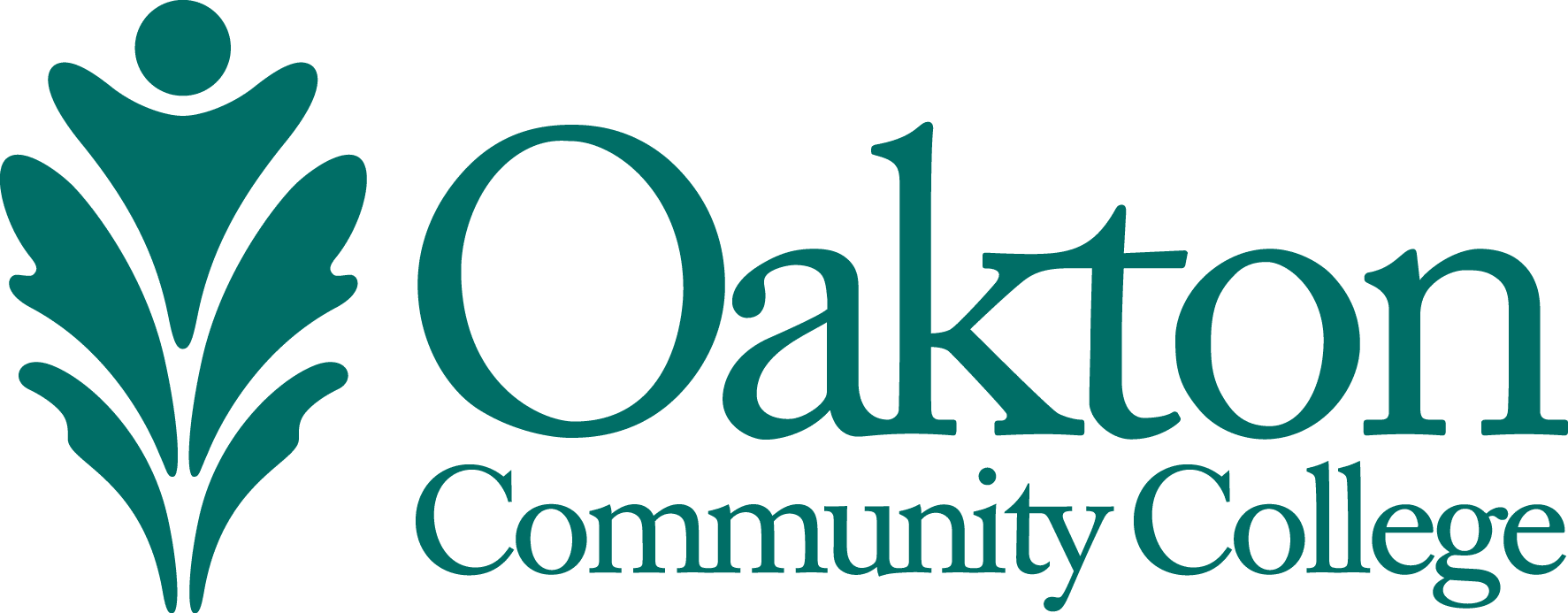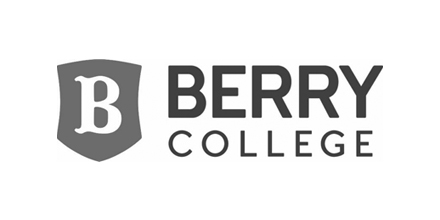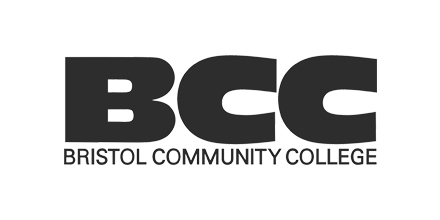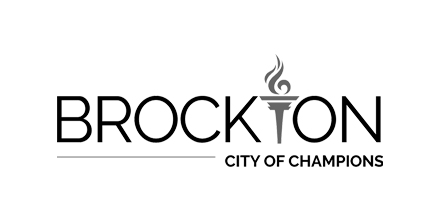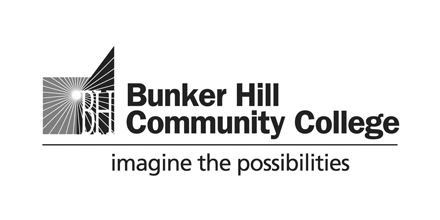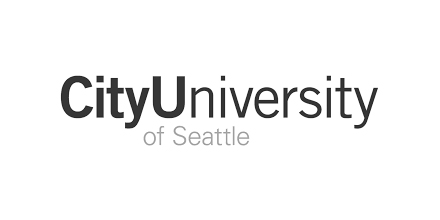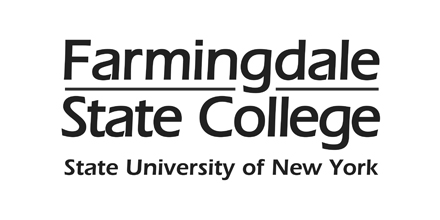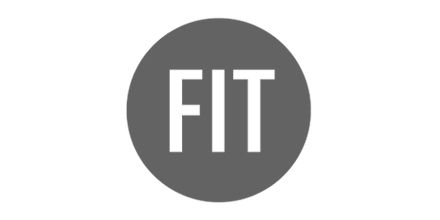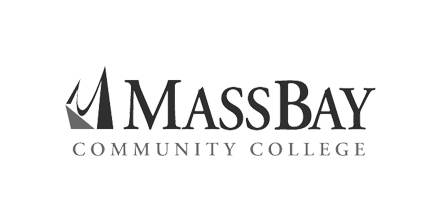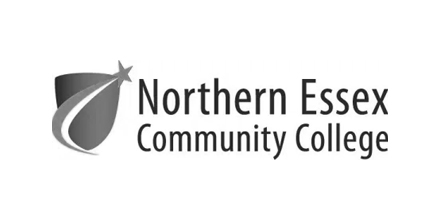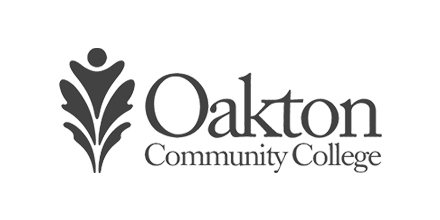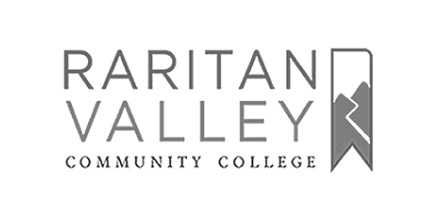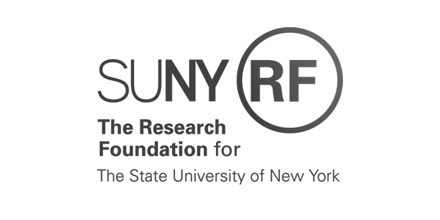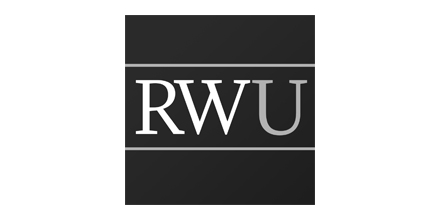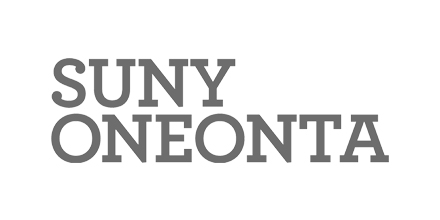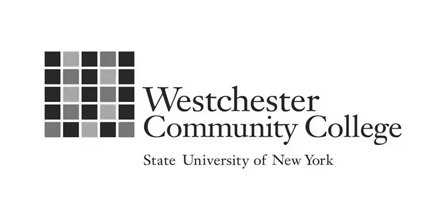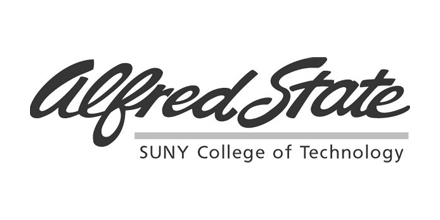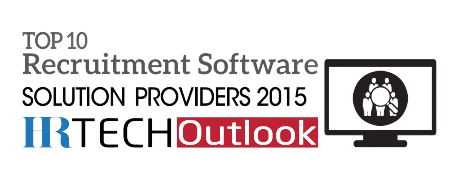BostonWorks, NEHRA – The Voice of HR, 1/10/2005
(Download PDF)
What HR recruiter or hiring manager doesn’t know this scenario first -hand: using your favorite Internet career site, you advertise an opening for, say, an experienced commercial loan manager, or a networking services programmer, or a vice president of marketing.
The results are all the same: hundreds of applicants for the job. The vast majority of them should have no business submitting a resume. Despite the obvious and overwhelming mismatch, typically as many as 90% of job applicants lack the required skills, experience, and other qualifications spelled out in the job ad. Yet there they are. And why not? The Internet and related technologies have had the effect of encouraging both job seekers and employers to apply to jobs more freely than in the pre -Internet days.
And for good reason: the broad reach and relative anonymity of the Internet, the sophisticated capabilities of data processing tools, and the marginal cost of making more contacts make it almost irresistible for many job seekers to submit a resume, even when they know their chances of being hired are slim -to-none. “What do I have to lose?” is a common refrain.
For employers, the brave new world of online recruiting has become a mixed blessing: a vastly wider pool of job seekers, dramatically lower job advertising costs compared with print media expenses, flexibility to pinpoint the job ad to targeted applicant markets, and shorter time-to-hire.
Left unchecked, this virtual flood of applicant information has become an issue for virtually every company, regardless of its size and capacity for managing exploding volumes of data.
Evolving federal regulations
Were information overload their only headache, corporate recruiters and IT pros might still sleep better at night if they didn’t also have to contend with evolving government regulations. For example, as Internet recruiting skyrocketed in the late 1990s, it quickly became clear that existing Federal guidance on mandatory recordkeeping regarding race, gender, and ethnicity of job applicants did not adequately address online recruiting issues. These guidelines, the province of the U.S. Equal Employment Opportunity Commission (EEOC) and set forth in the Uniform Guidelines on Employee Selection Procedures (UGESP), clearly needed clarification both to relieve employers of onerous recordkeeping requirements and to protect the rights of applicants.
Who is an ‘applicant’?
Since the reporting guidelines focus on the term “applicant,” it seemed reasonable to clarify just who is an applicant in today’s online recruiting environment.
After more than three years of studying the matter, the government published the new rules. Simply stated, in order for an individual to be considered an applicant, and thus subject the employer to EEOC recordkeeping requirements, the following must have occurred:
The employer has acted to fill a particular position;
The individual has followed the employer’s standard procedures for submitting applications; and
The individual has indicated an interest in the particular position.
In addition to clarifying who is an applicant, the action specifies who isn’t. For example, none of these is considered an applicant: people who simply post resumes in job boards, job banks or personal websites; people who merely express interest in particular types of jobs; and people who submit a resume to a company’s general resume database.
But if you’re surfing job boards, see a job that interests you, click the “Apply Now” button, and complete the required application steps (e.g., creating a profile and submitting a resume), you can consider yourself an applicant.
Tools for simplifying life: applicant screening systems Remember our unrealistically ambitious job seekers from above? If you’re an employer, such undesirable applicants must figure in your EEOC recordkeeping. Yet from a process efficiency point of view, they may be seriously undermining your cause.
Virtually all such unsuitable applicants will be weeded out through the normal recruiting process based on minimum qualifications. Still, the presence of so many unqualified applicants can seriously skew the company’s EEOC statistics and add significantly to the cost of managing what amounts to mountains of unwanted information.
Ideally you’d like to legitimately reduce the number of individuals who apply, thereby cutting the employer’s EEOC reporting tasks and, oh, by the way, improving the average quality of the applicant pool.
Applicant tracking systems (ATS) were the first generation of computer -based systems developed to automate the most laborious parts of the recruiting function. An ATS is equivalent to a printed one-size-fits-all application form that was handed out to people when they walked into the HR department.
Applicant screening systems are the next generation of technology-based solutions that allow job-specific, pre-screening questions to be made part of the job application. Screening systems are very different in the way they are set up from an ATS that “adds on” a questionnaire. An applicant screening system presents applicants with a customized application for each job posted by the company. For recruiters, question libraries are presented based on the job description. Based on applicants’ responses to the questions, their resume is routed differently. Questions can be weighted and applicants ranked or screened out based on must-have qualifications.
Today’s more advanced online applicant screening systems can deliver a multi-level dose of recruiting productivity: fewer unqualified and a higher proportion of qualified applicants; less applicant information to manage; fewer applicants to count; and more time for recruiters and hiring managers to devote to qualified, desirable candidates.
For instance, a simple online applicant questionnaire can effectively identify qualified, motivated applicants while discouraging unsuitable job seekers from even applying.
Applicant questionnaires focus on the requirements spelled out in the job description. Since job seekers are confronted with the questionnaire before they have a chance to complete the application process, the individual can self-select into or out of the applicant pool before the EEOC guidelines kick in.
This step, which is added between applicant outreach – typically through job boards and employers’ own career sites – and job interviews, lets technology speedily and effectively sort and rank applicants, a tedious chore normally handled by recruiters and hiring managers.
For job seekers who do “qualify” for the job, i.e., those who possess the minimum job requirements and desired applicant qualifications, a system of this kind confirms that they’re “on the right plane” and can encourage them to pursue the job with vigor.
On the other hand, upon seeing the questionnaire for the first time, the vast majority of unqualified job seekers – those who are under-qualified, over-qualified, or simply not motivated to apply -quickly walk away. The mere presence of this recruiting hurdle, coupled with questions that address must-have or preferred applicant qualifications, often is enough to dissuade candidates from wasting time on the current job in favor of jobs that better match their professional profiles.
A win-win-win solution
As a recruiter or hiring manager, could this scenario be any more pleasing? First, this approach automatically generates a shortlist of qualified, self-selected applicants – people who possess the minimum job qualifications and have expressed interest in your company. In short, people you’re most likely to consider. Second, it enables you to avoid dealing with the stacks of unwanted resumes that online career sites often generate. Third, fewer applicants lessens your EEOC bookkeeping chores and the legal risks that come with the territory.
In today’s recruitment environment, applicant screening systems are worth a close look, as they provide a win-win-win proposition for recruiters, job seekers – and the government. Naray Viswanathan, Ph.D., is CEO of the Interview Exchange and is also a NEHRA member.
View more details about Hirezon Interview Exchange Applicant Tracking System for Higher Education



